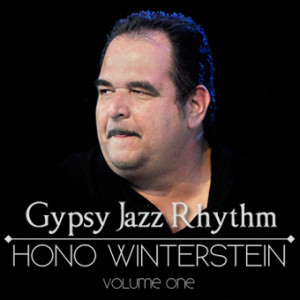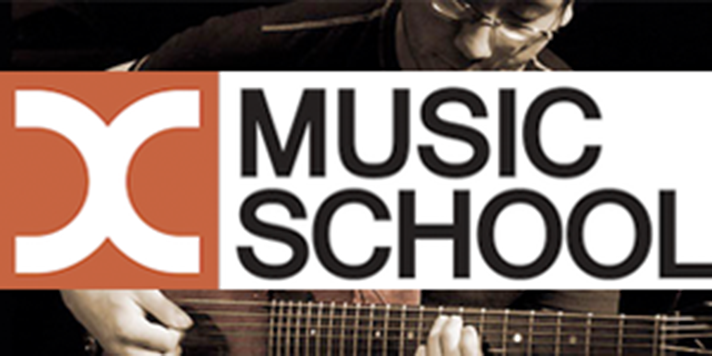 DC Music School, founded by guitarist Denis Chang, is getting ready to officially launch later this year. The online school offers a variety of lessons and materials in the rock, jazz and gypsy music styles through play-a-longs, videos and pdf etudes/charts.
DC Music School, founded by guitarist Denis Chang, is getting ready to officially launch later this year. The online school offers a variety of lessons and materials in the rock, jazz and gypsy music styles through play-a-longs, videos and pdf etudes/charts.
For the time being, many of the lessons are geared towards guitarists and violinists, but there’s nothing to prevent you from playing the etudes on another instrument. You can also download the play-a-longs to practice reading changes, soloing in different styles, or learn new songs regardless of the instrument you play.
As a saxophone player, none of the lesson materials are really meant for my instrument, but that didn’t stop me from checking out a few of the courses offered. And even though my main instrument is saxophone, I have a very basic background in guitar, so I opted to take Gypsy Jazz Rhythm with Hono Winterstein Vol. 1.
A little bit of my background with Gypsy Jazz
I have been a fan of Gypsy Jazz for some time, and I’ve heard U-Nam (guitarist) practice the style on more than one occasion. I always considered of learning to play it as well so that he and I could play together.
In fact, not long before I began speaking to Denis, U-Nam had been teaching me a few chords and I had already begun studying one piece in particular, so I had a small understanding to start out. But until I began the Gypsy Jazz Rhythm course, I really wasn’t sure how I was going to go about getting past the beginning stage to really learn and understand the style.
For those of you who might not be familiar with the style, gypsy jazz is traditionally taught through direct imitation. Typically, musicians would learn the style by ear from family members with little formal music training. More recently workshops, clinics and other learning materials have become available including DC Music School’s online courses.
Our thoughts on the course:
First, you should know that the lessons are in French with subtitles (not exact, but hilariously translated). So if you read anything about Selena Gomez or crazy drummers, you’ll know what I mean.
But aside from the comedy, the lessons are really well structured. Other than having heard the music, a few brief lessons and a desire to learn the style, my background in gypsy jazz was quite poor to say the least. The first video gave me more than one thing that I could work on right away and I was able to progress rather quickly.
The course features ten chapters, each focusing on a different aspect of accompanying. It also includes a chord dictionary a pdf lesson support materials (the examples played by Hono Winterstein).
In each chapter, the technique behind accompanying is broken down into smaller, easy to digest steps that allow you to truly understand what is going on. You quickly understand everything from how he coordinates his hands to basic rhythm, etc.
Things that I feel could be improved:
Underneath each video, for beginners, the fingering for the chords he discusses could be helpful. For example, in the first video, he plays G to demonstrate rhythm and in the second G and D7. Because the only G that I knew stemmed from pop (and thus was an “open” fingering which doesn’t work with this style), I had to pause the video and go to a separate page where the voicings were located. Having those resources available on the same page might be helpful (not that having two windows open is really that inconvenient).
Conclusion
Overall, however, I think that the lessons are really well constructed and extremely helpful. I cannot wait to continue with the other two volumes in the series. Recommended.
[template id=”182″]
